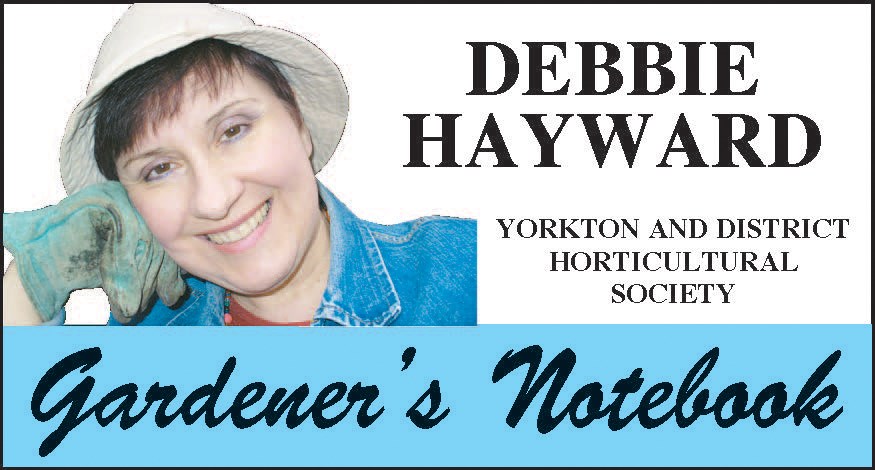Happy New Year! It’s hard to believe that a new year is beginning! The seed catalogues are already arriving, and time marches on towards spring!
Should we make some gardening new year’s resolutions? Let’s make a cup of tea and sit down with our gardening journals and jot down some possible resolutions. Here are mine.
Number one. Try something new. As you know, this has been something we’ve chatted about before. Trying new plants is a wonderful learning experience, and a way to broaden our gardening horizons. Don’t always stick to the same old, same old. Let’s promise ourselves to try at least one new plant, either in the garden or in a planter.
Number two. Encourage insects in the garden. There are so many beneficial insects that help our plants. If we include plants that are pollinator-friendly, such as borage, calendula, milkweed, we are making the garden a healthier place for our plants. For the last couple years we have been planting Buzz’s seeds from Cheerios, and it is amazing how it has increased bee activity in the garden.
Number three. Plant more sustainably. We have all heard of xeriscaping. Xeriscaping is not removing all grass or plants from the landscape. (I read an amusing line once that said xeriscape is not zero-scape)Â It means that we select plants that are more sun and drought-resistant, and also plant them in such a way that we can water them very efficiently. For example, if we have several plants that need a similar amount of water, we should plant them close together so that we can water just one area.
Number four. Stick with what we like. For most of us, gardening space is limited. So pick the things that we like the best and go with that. It may mean that our garden has only four kinds of veggies rather than six, but if they are the ones that we use and enjoy the most, we can consider our garden practical and productive.
Number five. Plant what will grow in our space. Many times we have tried and tried with certain plants that simply do not care for the growing conditions in our yard, and we have been consistently disappointed. If our yard is mostly shade, don’t choose sun-loving plants. Likewise, if we have relentless sun in our back yard, shade plants will not do well. We should examine the area carefully and make our choices from there.
Number six. Make it a green zone. While there are some natural chemicals out there, many others are so hard on nature. We may be getting rid of one pest, but we may be hurting other species like the birds. Isn’t it distressing to come out into the yard on a beautiful summer day and smell the unpleasant aroma of some strong chemical on the breeze? Let’s try to consider carefully before we use any toxins in our yards. There may be greener solutions to solve the problem.
Number seven. Compost! It is so easy to compost on any scale, from full-size compost bins to setting up a mini-compost bin in an old ice cream pail. Plant material turns into brown gold and is priceless in our gardens. Save egg shells, too. Compost enriches and aerates the soil, and gives back valuable nutrients which in turn makes our plants smile and be more productive!
Isn’t it exciting to look ahead to a new gardening year! Visit us at www.yorktonhort.ca and have a great week!




